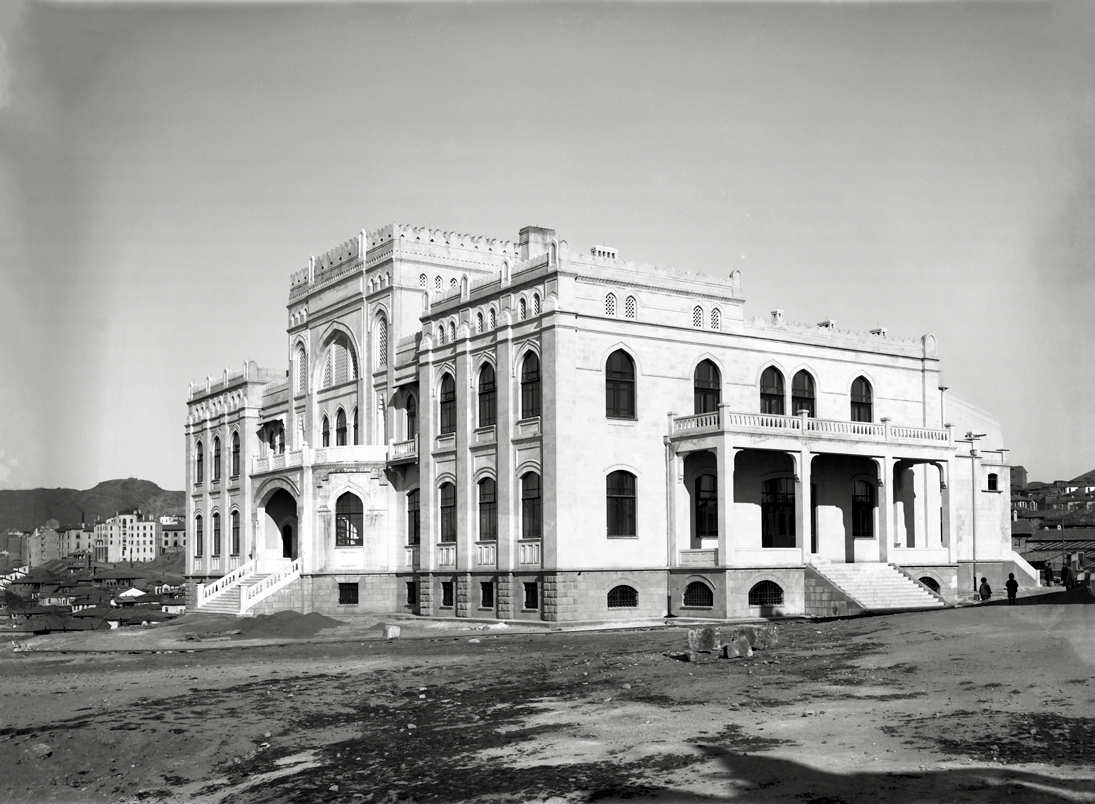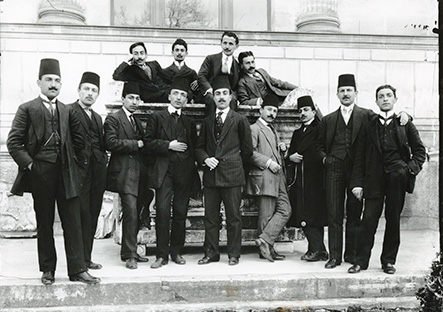
The Photography Studio of An Adventurous Architect
Arif Hikmet Koyunoğlu 1893–1982
The exhibition narrates the story of Arif Hikmet Koyunoğlu, one of the remarkable figures of the late Ottoman Empire and early Republic, through photographs he captured starting in the 1900s, particularly during the 1920s and 1930s. These photographs feature scenes from the architect’s personal and professional life, showcasing great diversity—from Koyunoğlu’s student years at the Imperial School of Fine Arts to his military service in Erzurum, his family life, and work at Underground Photography House, as well as the landscapes, architecture, and people of cities such as Ankara, Istanbul, Bursa, Nevşehir, and Kırşehir.
Coming from a well-established Ottoman family, Arif Hikmet Koyunoğlu completed his education in Istanbul at the Imperial School of Fine Arts. He was a member of the young generation who grew up immersed in high Ottoman culture and embraced the young Republic as it emerged from war. He came to be known as the architect who built the first monumental structures of the new regime. His work was inspired by the traditional architecture of the Seljuk, Anatolian principalities and Ottoman periods, and in time, he also produced work that displayed modernization, and the search for a national identity. The Headquarters of the Turkish Hearths organization, and the Ethnography Museum of Ankara became his best-known structures.
He was also a great adventurer. He was a talented artist, a venturous soldier, an irrepressible athlete and a vigilant explorer. In a life of 89 years, he worked in 31 different professions, from gallery owner to transport contractor. He was an affectionate family man. He had a great love for life, work and fun. He left no stone unturned, he was an architect and hero of modern times in every sense of the word. With camera in hand, he wandered across the fading lands of the empire, the Balkans in flames, provinces now lost and refugee camps. He recorded Istanbul under Allied occupation, distant Anatolian villages along the borders, the cultural heritage of this land, its faces and its future image.




